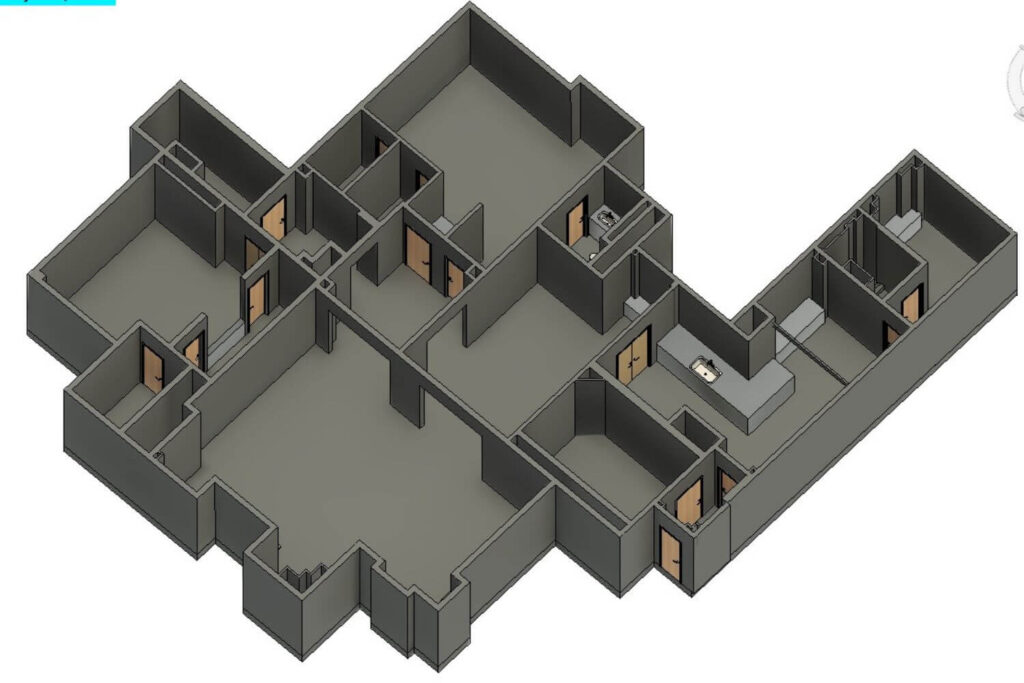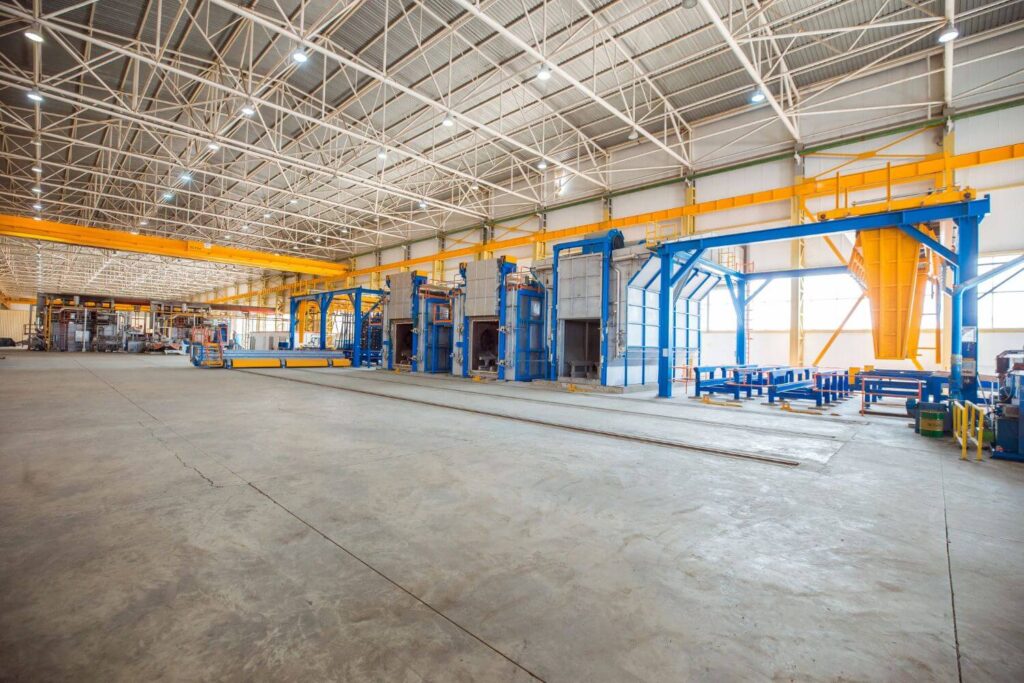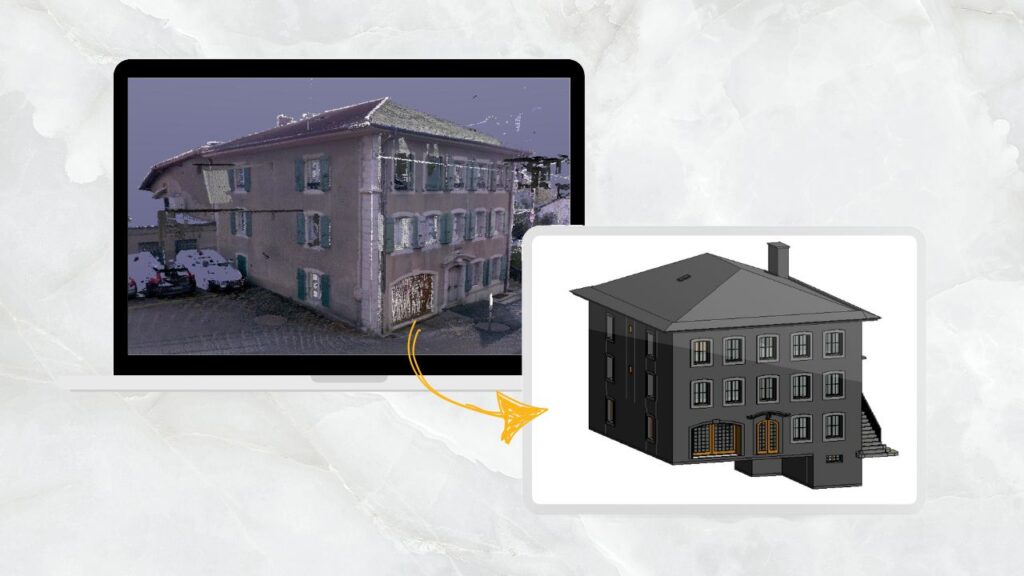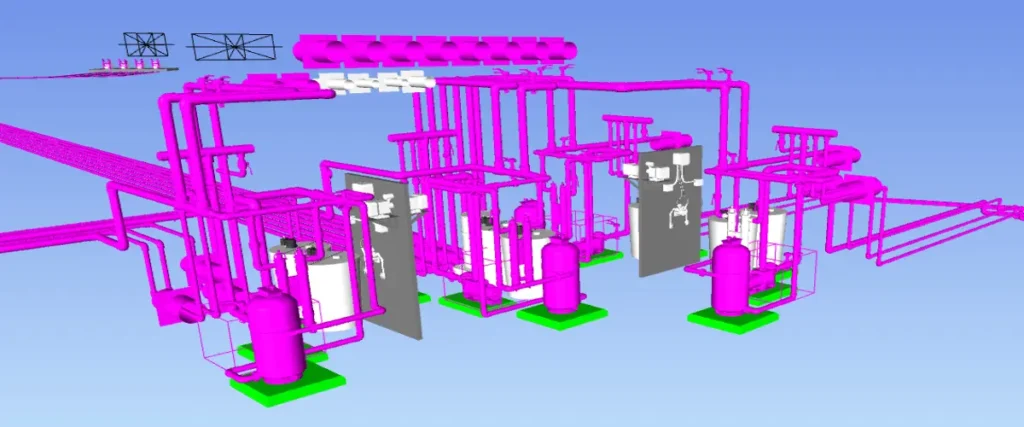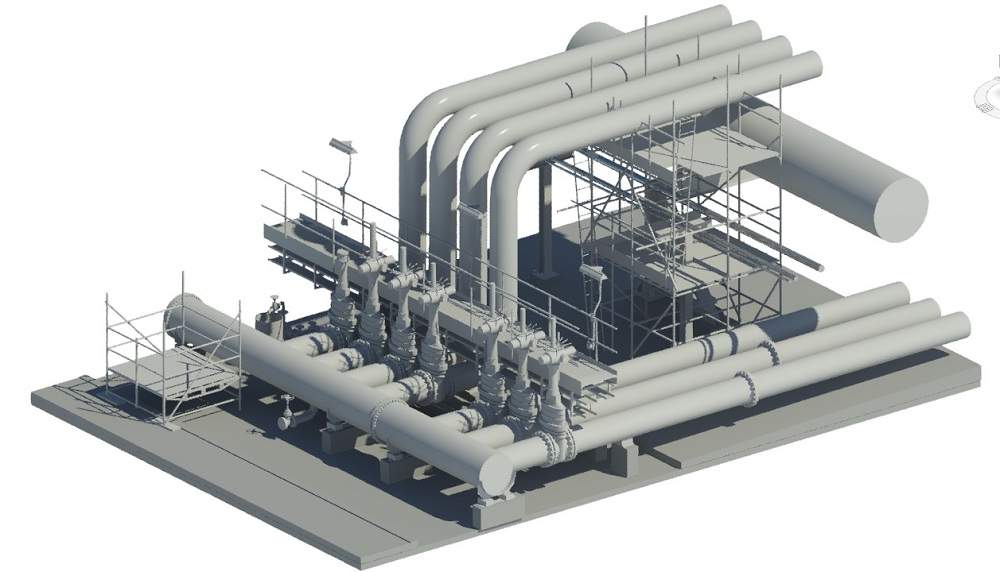Read how BIM for Contractors eliminates project risk in building information modeling Processes for more efficient and successful outcomes.

BIM for Contractors is a good tool for bringing certainty to construction. With the advanced use of BIM in construction, design professionals leverage BIM virtual design and construction technologies to achieve their design goals.
However, achieving construction and long-term project goals is impossible without appointing a good contractor and keeping the contractor well-informed about the design development.
This article discusses the involvement of contractors in the BIM process and how BIM for contractors brings certainty to construction.
Contractors are typically appointed by the project owners or design professionals. Contractors carry out responsible driven jobs on-site with high attention to design detail.
A contractor must understand the design and project schedule with great attention and precision. Using BIM for contractors enables them to carry out their responsibility more precisely.
Before we assess the significance of BIM for contractors, let’s review the typical responsibilities of a construction contractor:
- Reviewing Architectural, Structural & MEP layout
- Planning site activities with the project management team
- Managing site logistics and site operations
- Appointment sub-contractors and site manager
- Preparing health & safety register with the project manager
- Coordinating with the design team for site operations
So, reviewing the above basic responsibilities of a construction contractor, the question is how does BIM involve contractors?
Involvement Of Contractors In The BIM Process

BIM for contractors is as important as BIM for Construction professionals. Contractors are involved during the pre-construction or construction stage, depending upon the procurement route chosen by the project managers.
Some construction projects demand an early involvement of contractors – right from the design phase.
Mentioned below are the BIM activities in which the involvement of contractors is expected:
- Providing cloud-based 3D model access to contractors for effective BIM 3D Coordination and communication.
- Inviting contractors for design review meetings and taking suggestions for risk management.
- Integrating contractor’s risk management and site operations suggestions, based upon the ‘real construction’ experience, to the BIM virtual design and construction.
- Collaborating with quantity surveyor (QS) team for precise material quantity estimate and accurate 5D BIM Construction Cost Estimation.
4 Reasons Why BIM For Contractors Is a necessary Tool for Construction
1. Understand Design Purpose
Involving contractors right from the design stage enables a better understanding of a project. They get an insight into the philosophy behind the design and the intent behind an architectural design.
Bringing contractors in a cloud-based platform for BIM 3D Coordination keeps a contractor well-informed about the design purpose right from the beginning of the construction process, giving them enough time to prepare for site operations & logistics.
2. Construction Phasing Using BIM For Contractors
Construction phasing is perhaps the most important activity using BIM for contractors. The use of BIM in Construction phasing allows contractors to plan construction works as a series of stages and phases, rather than one constant process.
4D BIM process in Construction provides great features in software such as Navisworks to plan site operations and construction management activities.
Using Building Information Modeling, he/she along with the project manager can plan activities in stages and mitigate associated risks before even the construction starts.
3. Improve Labor Productivity
BIM for contractors provides ways to pragmatically plan construction phase activities. For instance, a contractor can strategize the strength of labor required to finish activities for a particular stage.
Moreover, they can visualize the construction activities in the 4D virtual environment (4th dimension of the timeline) for effective resource planning.
4. Site Coordination
Although using Clash Detection Services eliminates most of the design errors. However, site construction is still prone to several risks.
Using smart devices for BIM 3D coordination is the most innovative way for discussion and coordination. Using Building Information Modeling, a contractor can use this virtual 3D model as a reference for assessing the potential errors in the actual construction.
Our Recent Projects on BIM Services
Related Posts
Share Via
Tags

Devashish Sharma
Devashish is Founder/Director at Cresire where he leads BIM services. He holds a bachelor’s degree in Civil Engineering from the University of Sheffield and an MSc in Construction Project Management from The University of the West of England. His vision behind CRESIRE is to provide BIM services, adhering to best practices and procedures, to global customers, helping customers to save extensive production costs and overruns.
